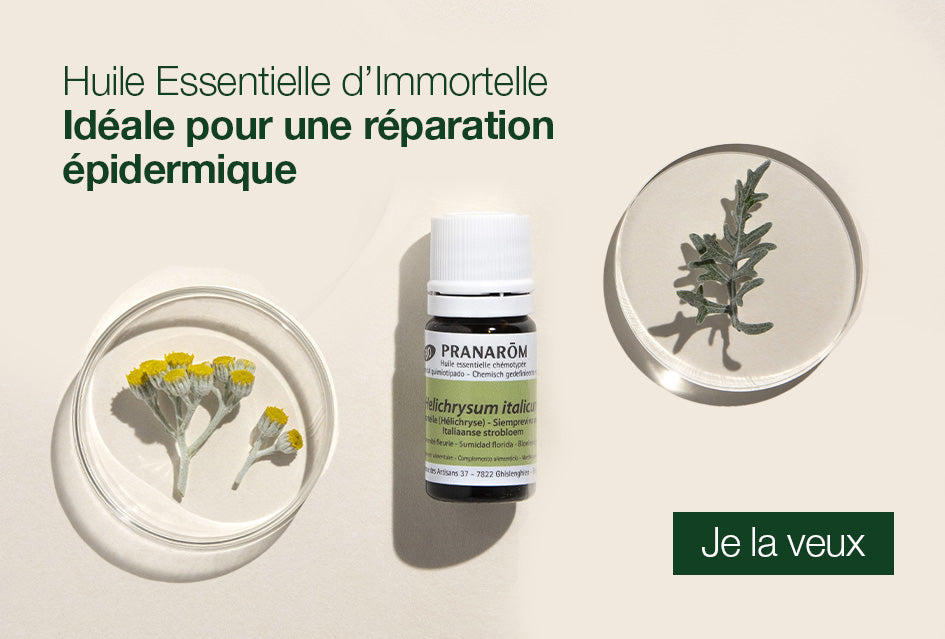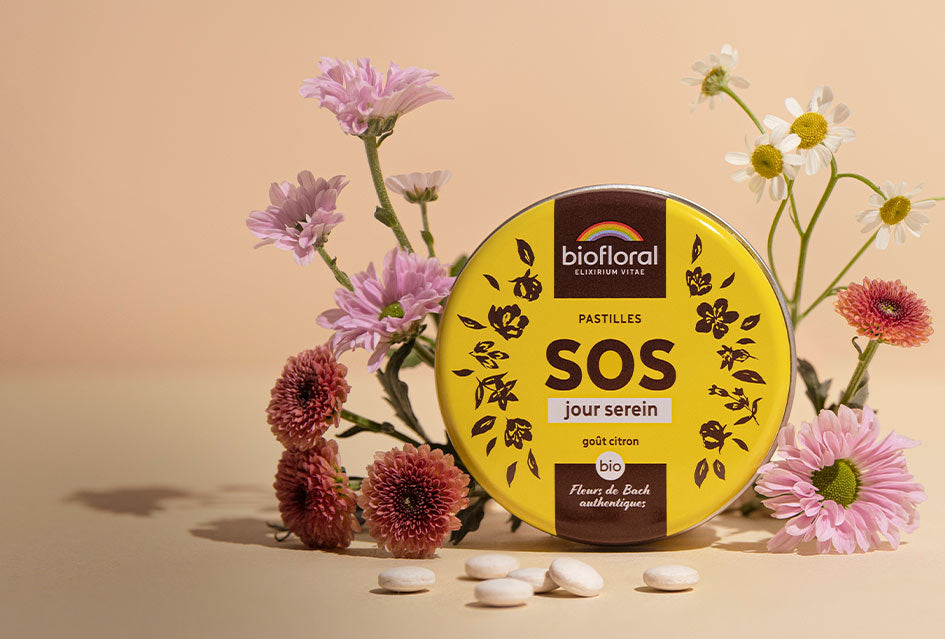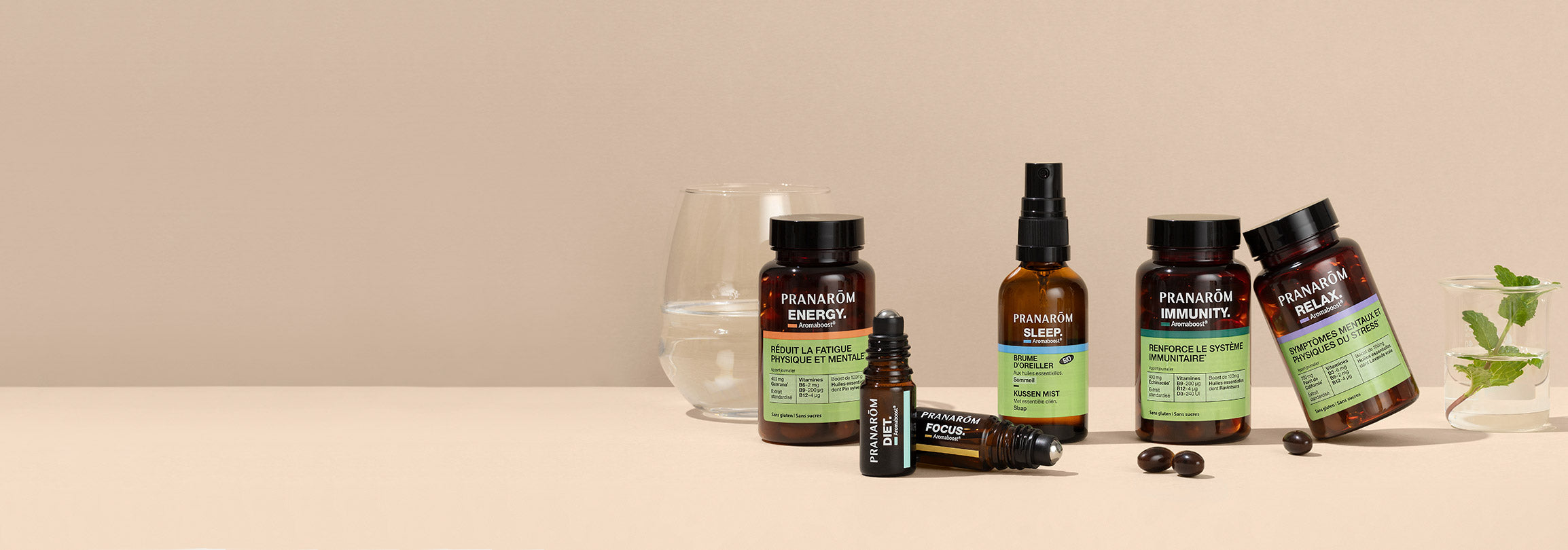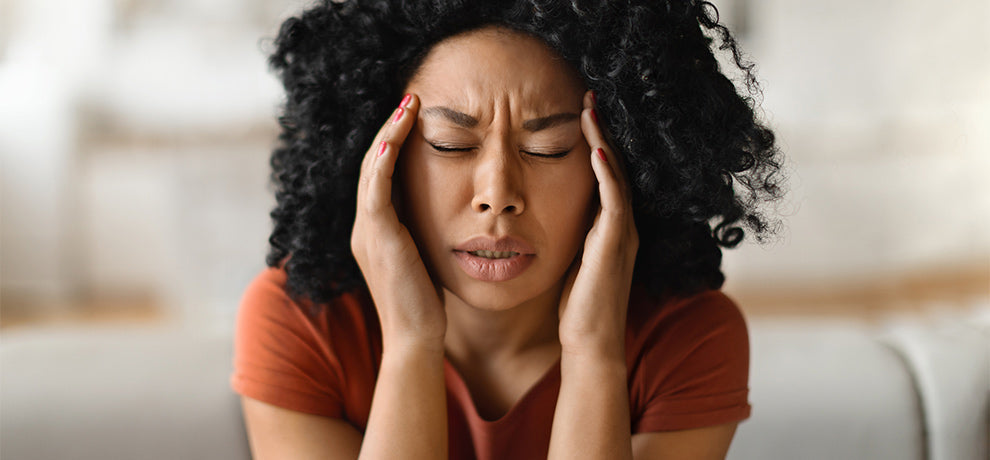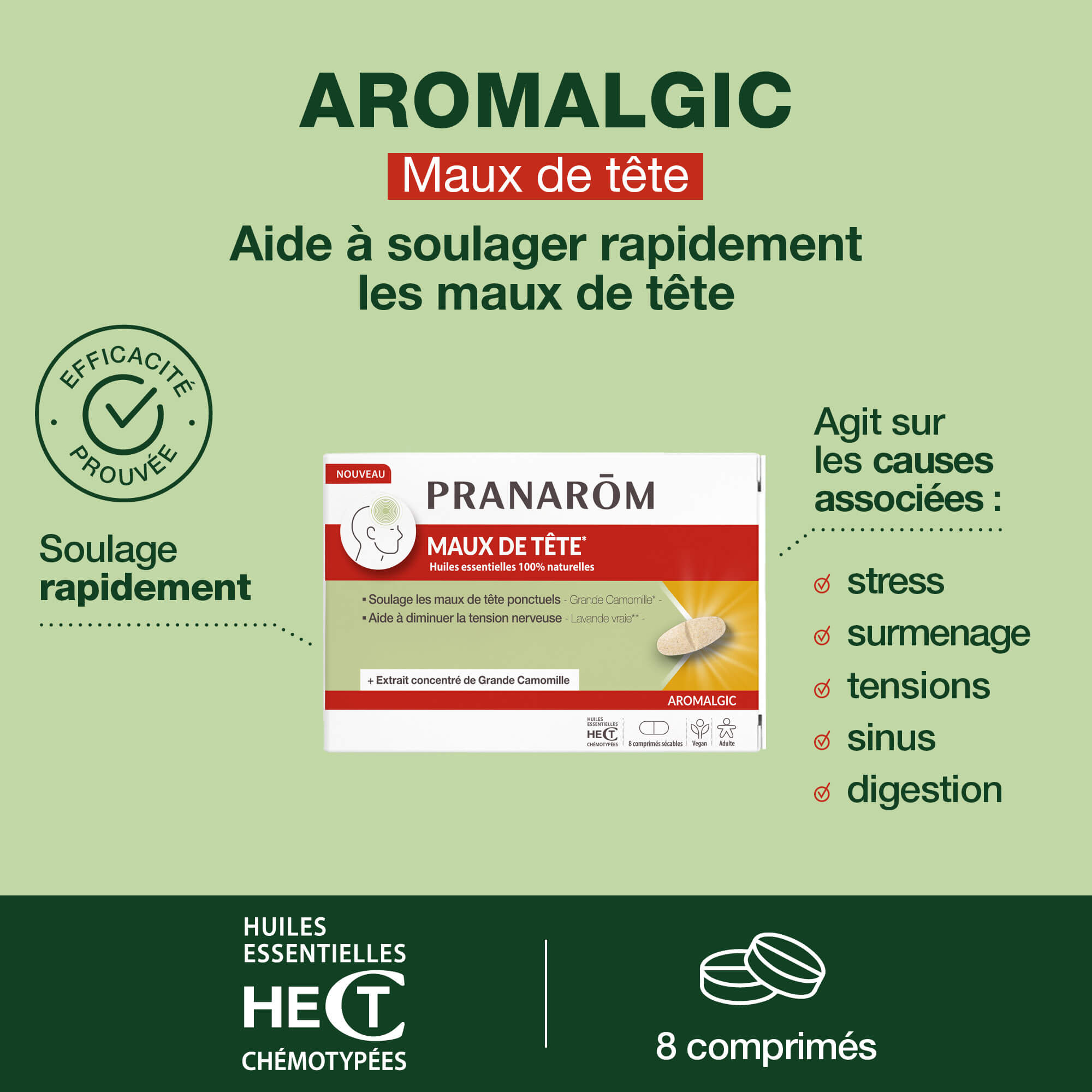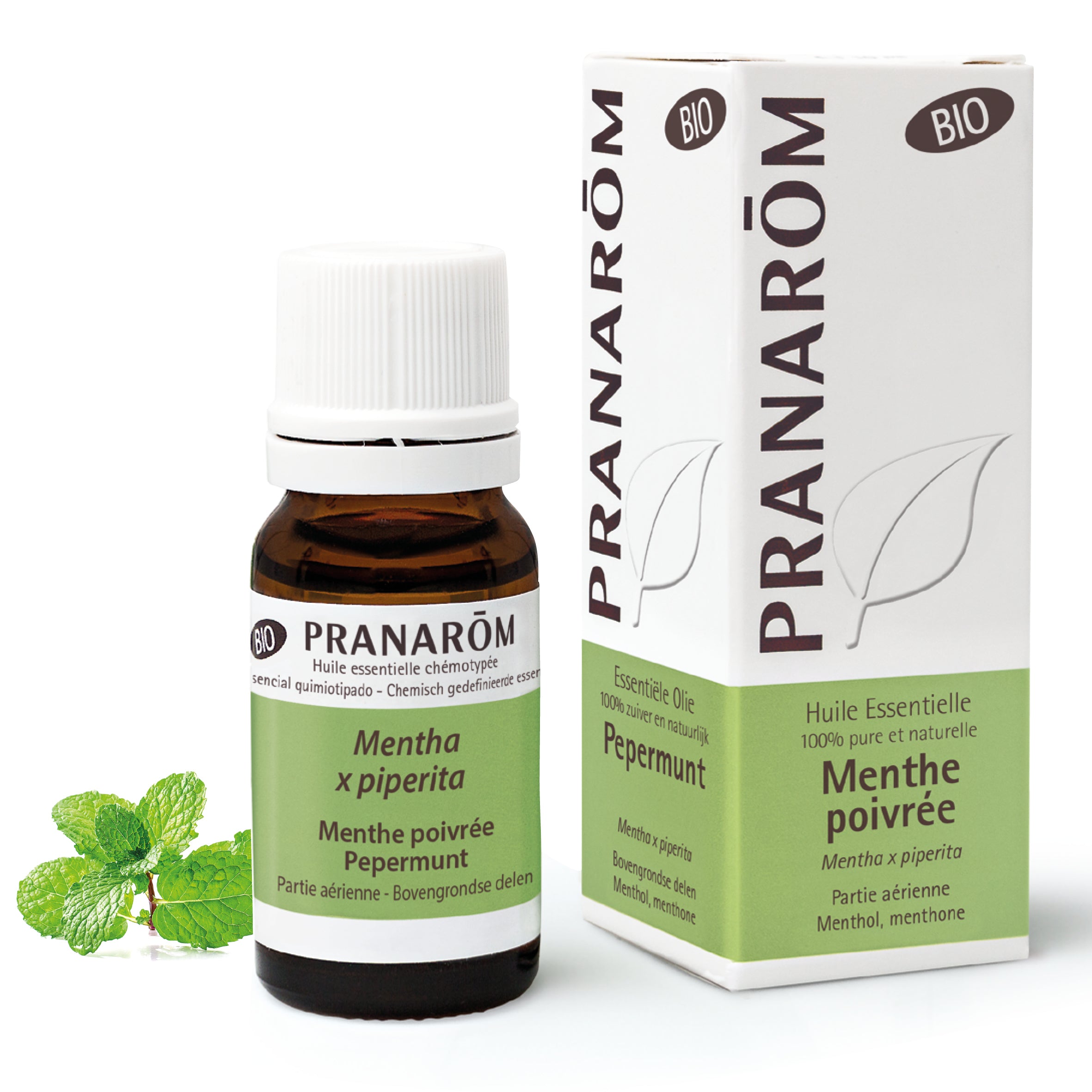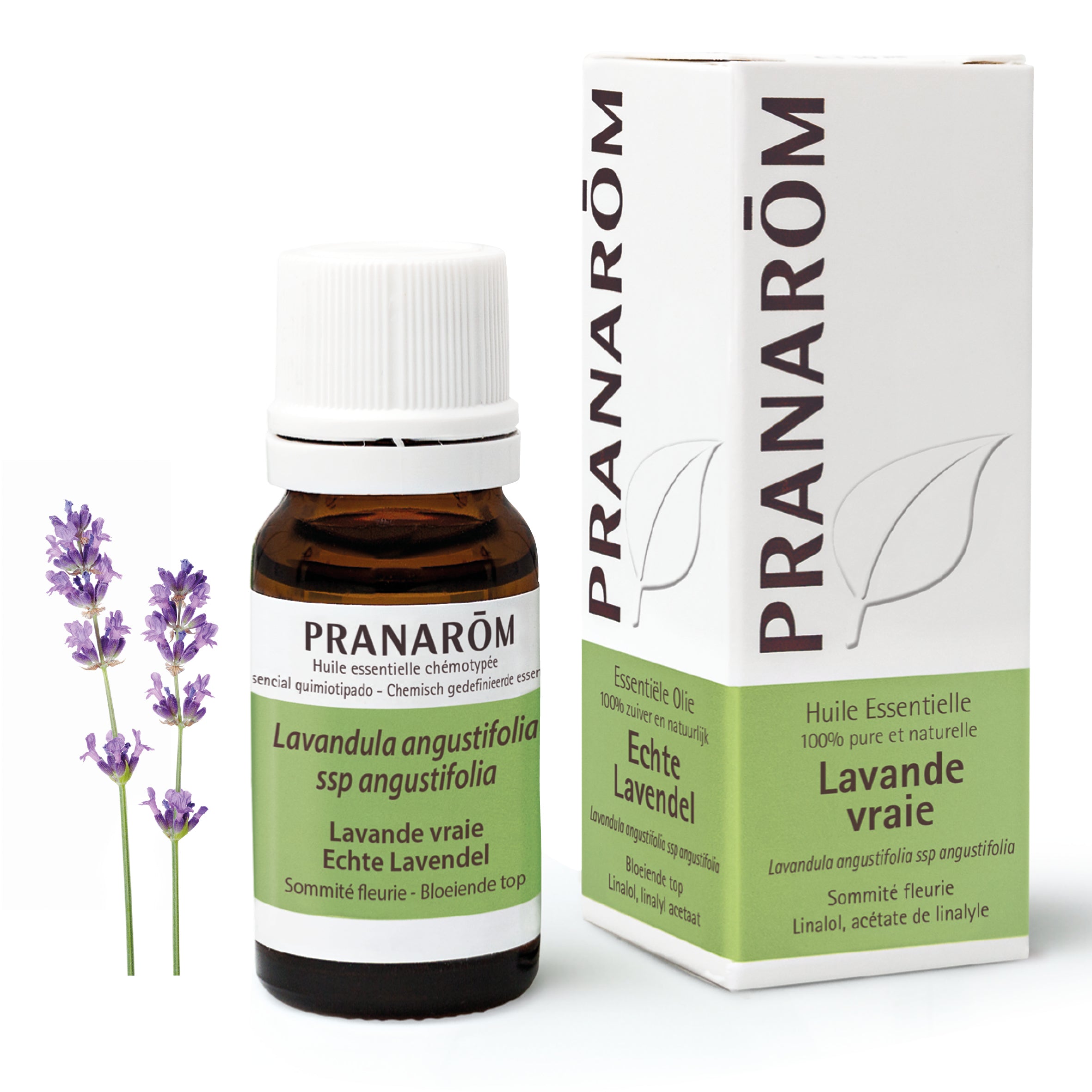How to Relieve a Migraine with Natural Solutions
Migraines, a particular form of headache, are characterized by often intense pain, located on one side of the head and accompanied by symptoms such as sensitivity to light (photophobia), noise (phonophobia), or nausea and vomiting. In some cases, visual disturbances – flickering, bright spots, blurred vision – precede the attack: this is called migraine with aura or ophthalmic migraine. Highly disabling in daily life, migraines affect approximately 15% of the population, with a higher prevalence among women.
Many people are looking for ways to relieve a migraine without resorting to medication. While allopathic treatments such as nonsteroidal anti-inflammatory drugs, triptans, or aspirin are effective for some, they are not suitable for everyone. Furthermore, their regular use can lead to side effects or addiction. This is why natural migraine treatments are attracting increasing interest.
Natural remedies to relieve migraines and headaches
In this article, we explore several natural approaches to relieve migraine symptoms and reduce their frequency without resorting to conventional medications such as nonsteroidal anti-inflammatory drugs, paracetamol, triptans, or aspirin. These alternative treatments may be helpful for some people with recurring migraines.
Peppermint Essential Oil: an ally against headaches
Peppermint Essential Oil is one of the best-known natural remedies for headaches. Thanks to its high menthol content, it provides an immediate cooling effect and acts as a local analgesic. Applied topically (always diluted in a carrier oil) to the temples, forehead, or neck, it helps release muscle tension and soothe pain. It can also be used for inhalation or diffusion for its stimulating and invigorating properties.
Precautions: It is contraindicated in pregnant or breastfeeding women, children under 7 years old and people with epilepsy. Contact with eyes and mucous membranes should also be avoided.
Ginger Infusion: Relieve Migraine Symptoms Naturally
Ginger, a medicinal plant with recognized anti-inflammatory and digestive properties, is particularly useful in cases of migraines accompanied by nausea. An infusion of fresh (or powdered) ginger can calm the stomach, relax blood vessels, and restore an internal balance conducive to recovery.
Tip: Add a few drops of lemon or a spoonful of honey to your infusion to enhance its soothing effect.
Noble chamomile and true lavender: a soothing duo against ophthalmic migraines
In cases of ophthalmic migraine, where vision may be temporarily impaired, the combined use of True Lavender Essential Oil and Roman Chamomile essential oil can be beneficial. Their calming effects on the nervous system and tension make them valuable allies, especially when stress or lack of sleep are triggers. These Essential Oils can be used in diffusion or diluted for a light massage of the temples.
Essential Oil Roll-on: How to discreetly relieve a migraine
Practical and portable, the Aromalgic Head Roll-on with Essential Oils can be easily applied to the temples, forehead, or neck at the first signs of a migraine. It contains a blend of Peppermint, Field Mint, Cajuput, Rosemary CT Cineole, Copaiba, and Lemon Tree. These Essential Oils, combined with a metal ball that offers a cryo (cold) effect, provide an immediate sensation of freshness, promote relaxation, and release tension. Its ease of use makes it an ideal companion on the go or at the office.
Natural tablets with essential oils: an alternative basic treatment
Aromalgic Headache Relief Tablets offer a natural and comprehensive solution to relieve headaches and everyday tension. Made with a synergistic complex of 100% organic plant extracts, vitamins, minerals, and essential oils, they target both the symptoms and their underlying causes.
It contains Feverfew and White Willow, known for their soothing action on pain, as well as Gingko Biloba, Guarana, True Lavender, Star Anise, Ginger, Peppermint and Spearmint. Together, these active ingredients act on the multiple factors that can trigger headaches: stress, nervous fatigue, digestive disorders, sinus congestion or muscle tension.
Magnesium bisglycinate, a highly assimilable form, and Vitamin B2 (Riboflavin) help reduce fatigue, support the nervous system and limit the risk of recurrence.
Practical and suitable for all lifestyles, they come in scored tablets that are easy to dose.
Relaxation techniques: relieve a migraine by acting on stress
Chronic stress is a common trigger for migraines. Adopting regular relaxation techniques not only helps relieve attacks but also helps limit their frequency. Meditation, mindful breathing, and yoga can be of great help.
Meditation and Mindfulness: A Natural Method Against Migraines
Mindfulness, by reducing stress and improving emotional management, helps reduce the frequency and intensity of migraines. It can be practiced using dedicated apps, guided sessions, or as part of a daily routine. Accessible to all, it offers a natural and sustainable method of pain management.
Deep Breathing: Relieve Headaches Through Breathing
Breathing is a powerful yet often underestimated tool in pain management, especially that related to migraines. During an attack, the body is on high alert: muscle tension increases, the heart rate accelerates, and the nervous system goes into overdrive. This is where conscious breathing comes in, particularly abdominal breathing and cardiac coherence , two simple techniques that can slow the pace and calm the nervous system.
Abdominal breathing involves slowly inhaling through the nose while expanding the abdomen, then exhaling through the mouth while gently drawing it in. This exercise stimulates the vagus nerve, which plays a key role in relaxing the body and modulating pain. By calming nerve impulses in the skull, it helps relieve pressure and release tension, particularly in the trigeminal nerve, which is often involved in migraine pain.
Cardiac coherence , on the other hand, is based on a regular breathing rhythm: 5 seconds of inspiration, 5 seconds of expiration, at a rate of 6 breaths per minute for 5 minutes. This practice helps harmonize the heart rate and reduce the effects of stress, which is one of the most common triggers of migraines. It can be practiced at any time of the day, as a preventative measure or at the first signs of an attack.
Adopting these breathing exercises on a daily basis offers a real breath of fresh air to both body and mind. In just a few minutes, they can transform a state of tension into a moment of respite. Integrated into a comprehensive natural approach (plants, essential oils, healthy lifestyle), they strengthen resilience against attacks and allow you to better live with migraines.
Lifestyle Changes: Prevention and Natural Treatment of Migraines
Adopting a balanced lifestyle is essential for preventing migraines. This includes a healthy diet, restful sleep, proper hydration, and stress management.
Identify the causes and dietary triggers of a migraine
Certain foods are known to trigger migraines. Common triggers include chocolate, aged cheeses (such as Roquefort or Parmesan), cured meats, red wine, coffee, artificial sweeteners (aspartame), citrus fruits, and alcohol. Keeping a food diary to identify these foods can help you limit your intake. If in doubt, a healthcare professional can help you make an accurate diagnosis.
Maintain a regular sleep pattern to avoid migraine attacks
Sleeping at regular times, getting enough sleep, and avoiding screens before bed are simple but effective rules for limiting the risk of migraines. Disruptions to the sleep-wake cycle are often an aggravating factor. Indeed, lack of sleep directly affects the central nervous system and promotes hypersensitivity to sensory stimuli such as light or noise, frequently associated with migraines. It is advisable to establish a soothing routine at the end of the day: warm bath, reading, dim lighting, and relaxation. Regular schedules, even on weekends, stabilize the biological clock and reduce the frequency of attacks. Quality sleep is therefore a fundamental pillar in migraine prevention.
Hydrate properly: a simple step against headaches
Dehydration is an often underestimated factor in the onset of migraines. Drinking regularly throughout the day (1.5 to 2 liters of water) helps maintain good blood circulation and prevent headaches.
When faced with a migraine attack, there are now many natural options worth exploring and testing. Essential oils, plant extracts, dietary supplements, infusions, and relaxation practices form a comprehensive, effective, and accessible toolbox. By identifying triggers, adopting a healthier lifestyle, and listening to yourself better, it becomes possible to regain control over this debilitating pain.
Finally, remember that in the case of frequent migraines, sudden onset or complex forms (migraine with aura, migraines accompanied by neurological symptoms, etc.), medical advice is essential. The alliance between conventional medicine and natural treatments often allows for the construction of a personalized, sustainable strategy that is more respectful of the body.



